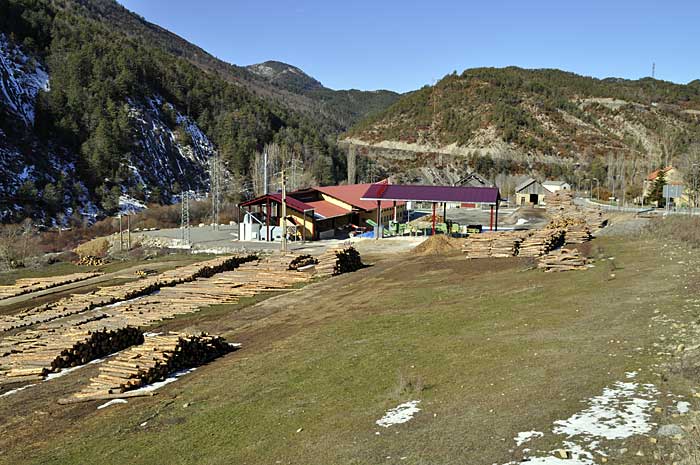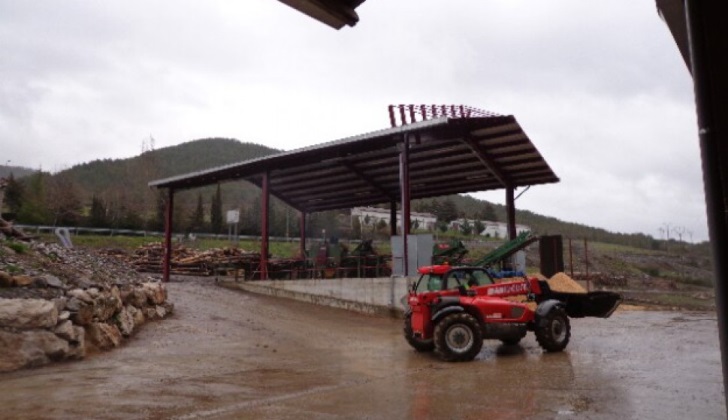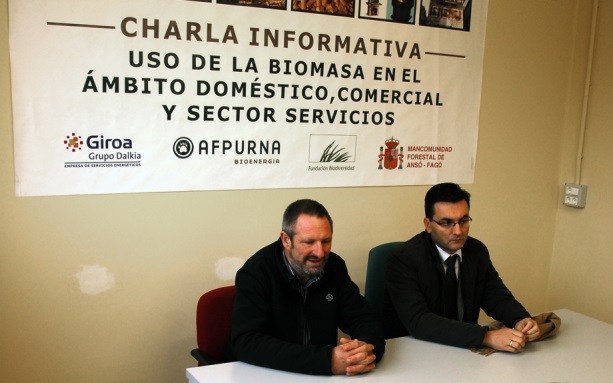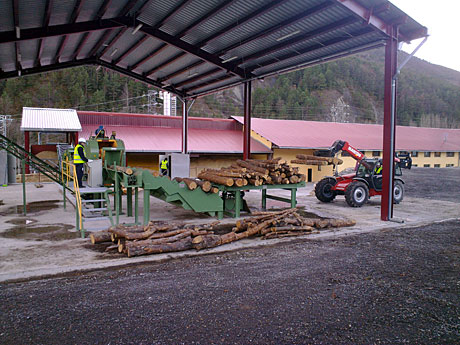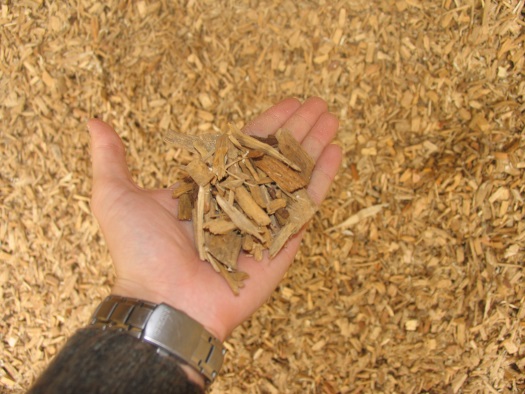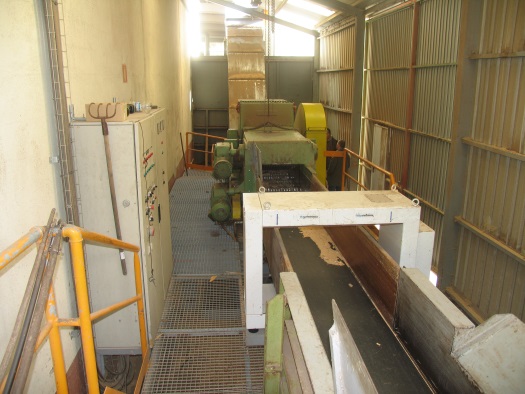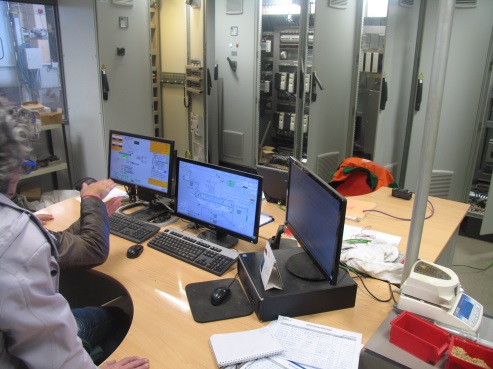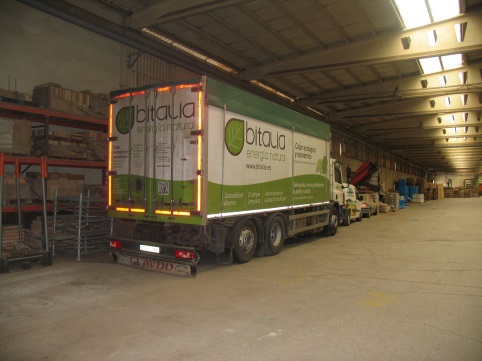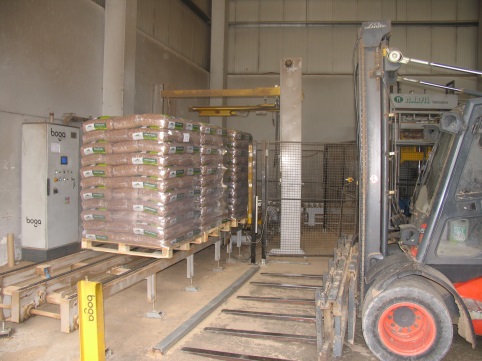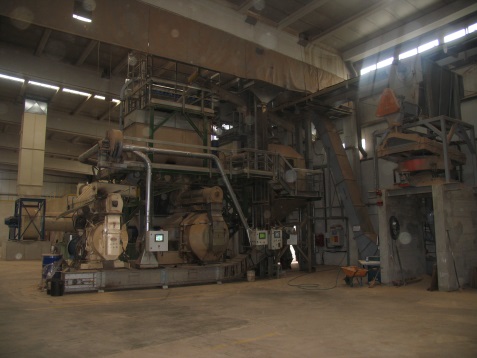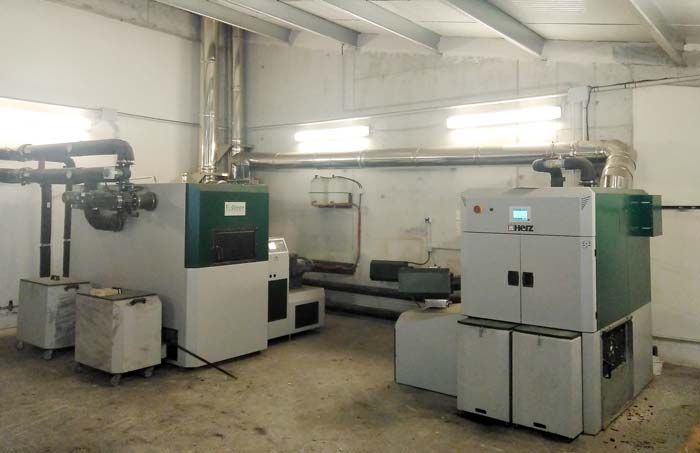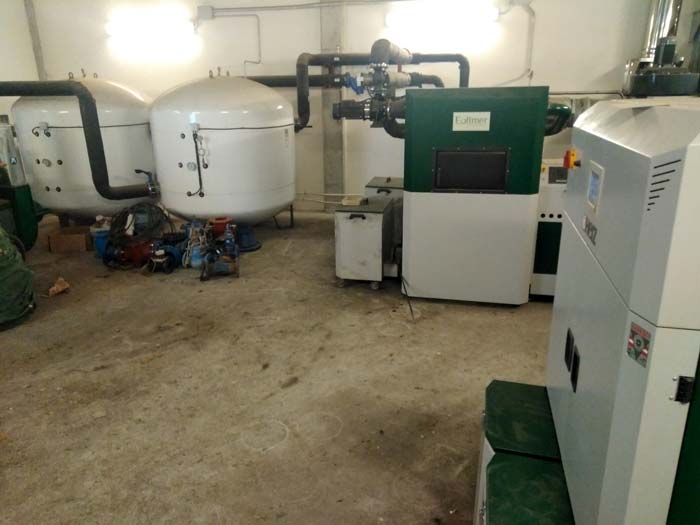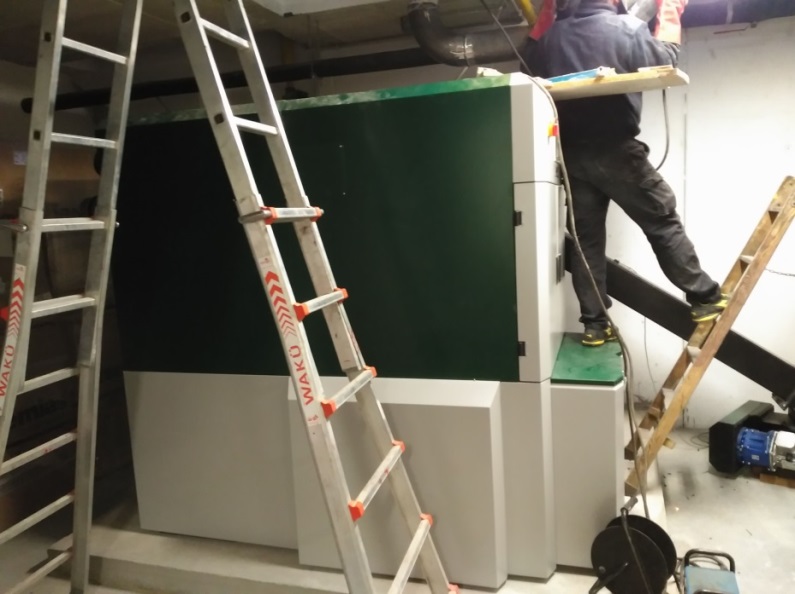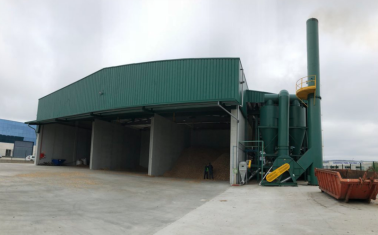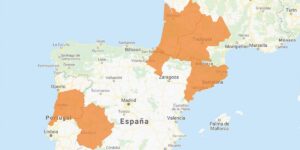AFPURNA-Valle de Ansó, Huesca
|
Buena Práctica / Bonne Pratique / Boa Prática |
|
|
NOMBRE NOM NAME |
AFPURNA |
|
Localización Localisation Localização |
Valle de ANSÓ, province of Huesca |
|
Tipología – Naturaleza Typologie – Nature Tipologia – Natureza |
Logistics Center |
|
Periodo de aplicación Période d’application Período de aplicação |
2013- 2017 closed |
|
Principales objetivos Principaux objectifs Período de aplicação |
|
|
Descripción detallada de la práctica o proyecto Description détaillée de la pratique ou du projet Descrição detalhada da prática ou projeto |
Rudi inaugurates the AFPURNA Bioenergy biomass plant, the first energy recovery industry in the Community. AFPURNA Bioenergy, which has generated 20 direct and indirect jobs and has had an investment of four million euros, currently produces 10,500 tons of biomass per year thanks to the transformation of wood from the forests of the Commonwealth, in the Pyrenees from Oscense, in pellets and chips that are used as combustion material. The plant is located in the old sawmill of Ansó, within a plot of three hectares located in the access to the town center, and has involved an investment of four million euros, in addition to the implementation of policies of Research, Development, information, demonstration (R&D). https://www.energias-renovables.com/biomasa/cierra-un-referente-de-la-fabricacion-de-20170421 |
|
Agentes involucrados Agents impliqués Agentes envolvidos |
It is a project that is an example of public-private collaboration, in which the Forest Association of Ansó-Fago, owner of the mountains, participates; Dalkia Spain, a worldwide reference in energy efficiency and in charge of the AFPURNA Bioenergía transformation process; Aspurnas Ecoenergía (Raga Group), dedicated to forestry work and the supply of raw materials; and Geoforesta, in charge of advising and providing technical engineering services. |
|
Evaluación de resultados y lecciones aprendidas Évaluation des résultats et les leçons apprises Avaliação de resultados e lições aprendidas |
Ansó City Council has confirmed to Renewable Energies the causes for which the plant will be closed: “on the one hand we have the demand for pellets, which is below expectations and that we hope to rebound both in Aragon and in Spain, because if not It is impossible to maintain these facilities. ” That “hopefully” leaves a door open to the continuity of the plant. Neither 15,000 nor 10,000, only 4,500 tons Although it was sized for 10,500 tons per year, the production was less than half, which led to jobs below expectations. Of course, it was not even thought about complying with the forecasts that were made at the beginning, which was to reach 15,000 tons, since, according to its promoters, it was prepared for it. It should be remembered that, in general, the average production in Spain is 40 percent with respect to its capacity, with which Afpurna was in that ratio. But Ansó City Council adds another cause: “Aragonese regulations, due to the effect of pests, does not allow the extraction of wood between the months of April and August, just when this activity is more profitable, and not later.” The heat network is not in danger, but goodbye to the gasification plant. Afpurna is owned 70 percent by Veolia and 30 percent by the Ansó-Fago Forest Association. Responsible for the first company (then Dalkia) recalled that the project started in 2010, when “forest work began in the mountains of the commonwealth and began to clean the land of them.” It is in 2010 when a heat network that supplies several municipal buildings is inaugurated. In 2011 the construction of the pellet mill begins and in November 2012 its activity begins and it is proposed the consolidation of the commitment to biomass in the area with the construction of a gasification plant. Nobody talks about this plant anymore, and given the risk that the lack of fuel, the Afpurna pellets, determines the viability of the heat network, Ansó City Council is categorical: “the network is part of a contract for energy services by which Veolia is committed to supply the biofuel, yes, the ideal is that, as until now, out of our mountains”. |
|
Fotografías Photos Fotos |
|
|
Solución a los retos territoriales Solution aux défis territoriaux Solução para os desafios territoriais |
|
|
Solución a un mayor nº de retos territoriales (a completar más adelante) Solution à un plus grand nombre de défis territoriaux (à compléter plus tard) Solução para um maior número de desafios territoriais (a ser completado depois) |
|
|
Información de contacto Information de contact Informação de contato |
BEOLIA Ansó-Fago Commonwealth |
Project funded by the European Regional Development Fund (ERDF).


